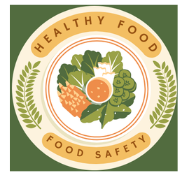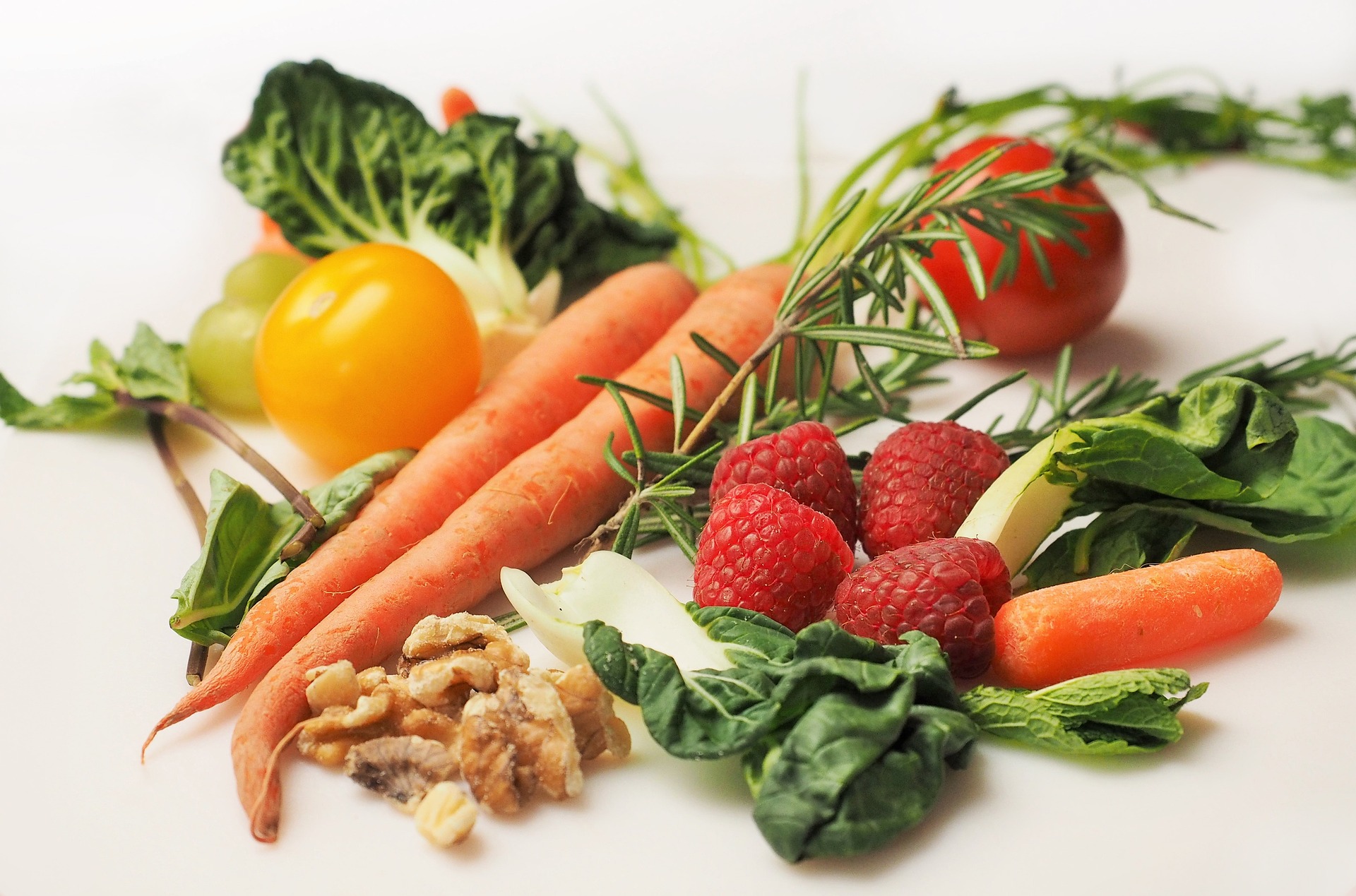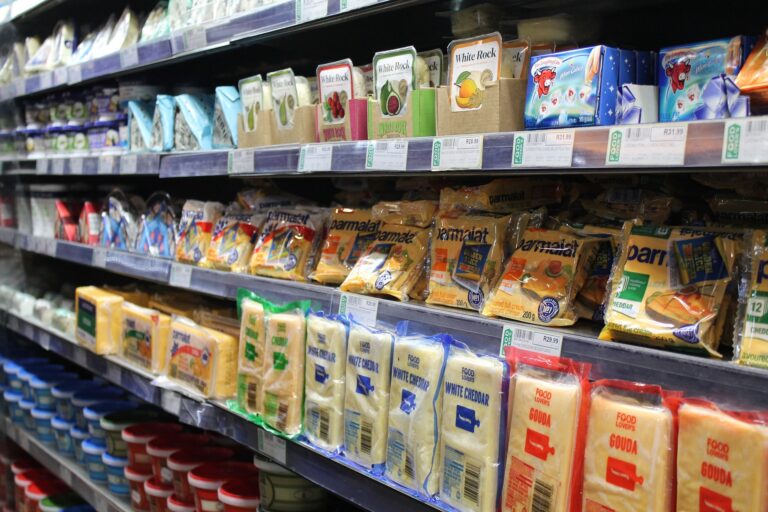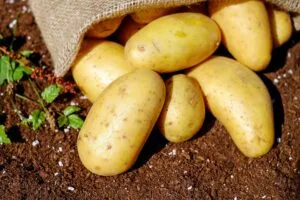What is High Pressure Food Processing! Benefits and Limitations
Today, our topic of discussion is High Pressure Processing (HPP), a contemporary food processing technique. We will explore the meaning of High Pressure food processing, its various applications, as well as its advantages and limitations. Presently, the dehydration of juices and vegetables using traditional heat treatment process results in the loss of volatiles during processing, leading to a reduction in the quality of the end product as the modified volatiles affect the flavor and vitamins, making reintroduction difficult. Drying and dehydration of fruits and vegetables also result in the loss of flavor and volatiles.
To ensure commercial sterility, stable food products that are processed on an industrial scale require significant heat treatment for preservation. However, one major disadvantage of thermal processing is the alteration of sensory characteristics, including the softening of fruit structure and color degradation.
Low thermal pasteurization techniques like high pressure processing (HPP) are capable to overcome these negative effects and may offer a potential to improve overall quality for a stabilized product. Since enzymes cannot be inactivated sufficiently such products only have a limited shelf life.
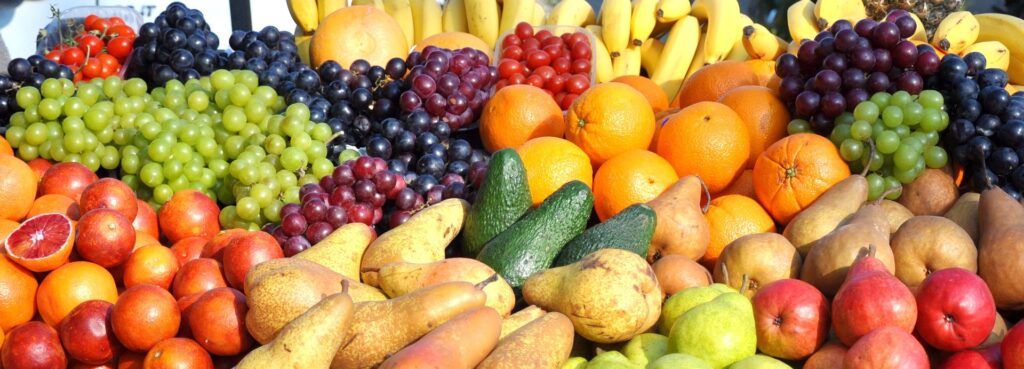
What is High Pressure Processing:
- Commercially available in the market, High Pressure Processing (HPP) is a conventional high-pressure treatment for both liquids and products with high water content. This “non-thermal” technology has been developed with the objective of producing microbiologically safe food products without compromising the sensory, physicochemical, and nutritional properties of the food. As a result, HPP has emerged as one of the most well-received innovative food processing technologies among consumers.
- High pressure processing (HPP) of food is a method of preserving and sterilizing food, in which a product is processed under very high pressure, leading to the inactivation of certain microorganisms and enzymes in the food.
Why High-Pressure Processing of Food?
Application of high pressures can cause inactivation of:
- Parasites, Plant cells
- Vegetative micro-organisms.
- Some fungal spores
- Many foods borne viruses
- Enzymes are selectively inactivated
Study Shows that Fruit and vegetables treated via HPP show a firmer, more authentic consistency. Also, the product’s color is “fresher” and more intensive. Study also shows that product prepared using thermal heat processing demonstrates a metallic off-taste straight after production, which diminishes over shelf life. Also, the color of the thermally treated product is darker.
High pressure processing Equipment is readily available from wide number of companies across the world. Now a days High pressure treated fruit juice are available in every country. High pressure treatment currently used for shelf-life improvements for:
- Juice and beverages
- Vegetables
- Meat and fish
- Oysters
- Guacamole
Foods Suitable for High Pressure Processing
Following is the complete list of food products where High-Pressure food processing is suitable as per research.
Low-medium moisture, semi-solid/solid foods, vacuum packaged:
- Dry-cured or cooked meat products
- Cheese
- Fish, seafood, marinated products
- Ready to eat meals, sauces
High moisture, solid foods, vacuum packaged:
- Fruits, marmalades/jams
- Vegetables
High moisture, liquid foods in plastic bottle/flexible packaging:
- Dairy products
- Fruit juices
- Bioactive beverages
Solid foods with air included
- Bread and cakes
- Mousse
Packaged foods in completely rigid packaging
- Glass packaging
- Canned foods
Foods with a very low water content
- Spices
- Dry fruits
- Powders
Application of High-Pressure Food Processing
- HPT finds application in food preservation in many ways. Some example of areas where HPT has more potential are:
- Fruits and Vegetables
- Meat and Fish Industry
- Dairy Industry
Benefits of High-Pressure Food Processing
Followings are major benefits of High-Pressure Food Processing.
- Little if any process development required
- Currently accepted as suitable process for juices
- Currently used for shelf-life improvement for range of products
- Has approval by number of authorities
- Very useful in pathogens inactivation
- It will help in reduction of sodium products
Limitation of High-Pressure Food Processing
- Restricted to high liquid containing products
- Batch process requiring discrete pressure hold time
- Relatively small volume processing per batch
- Non liquid products require pre-packaging prior to processing
